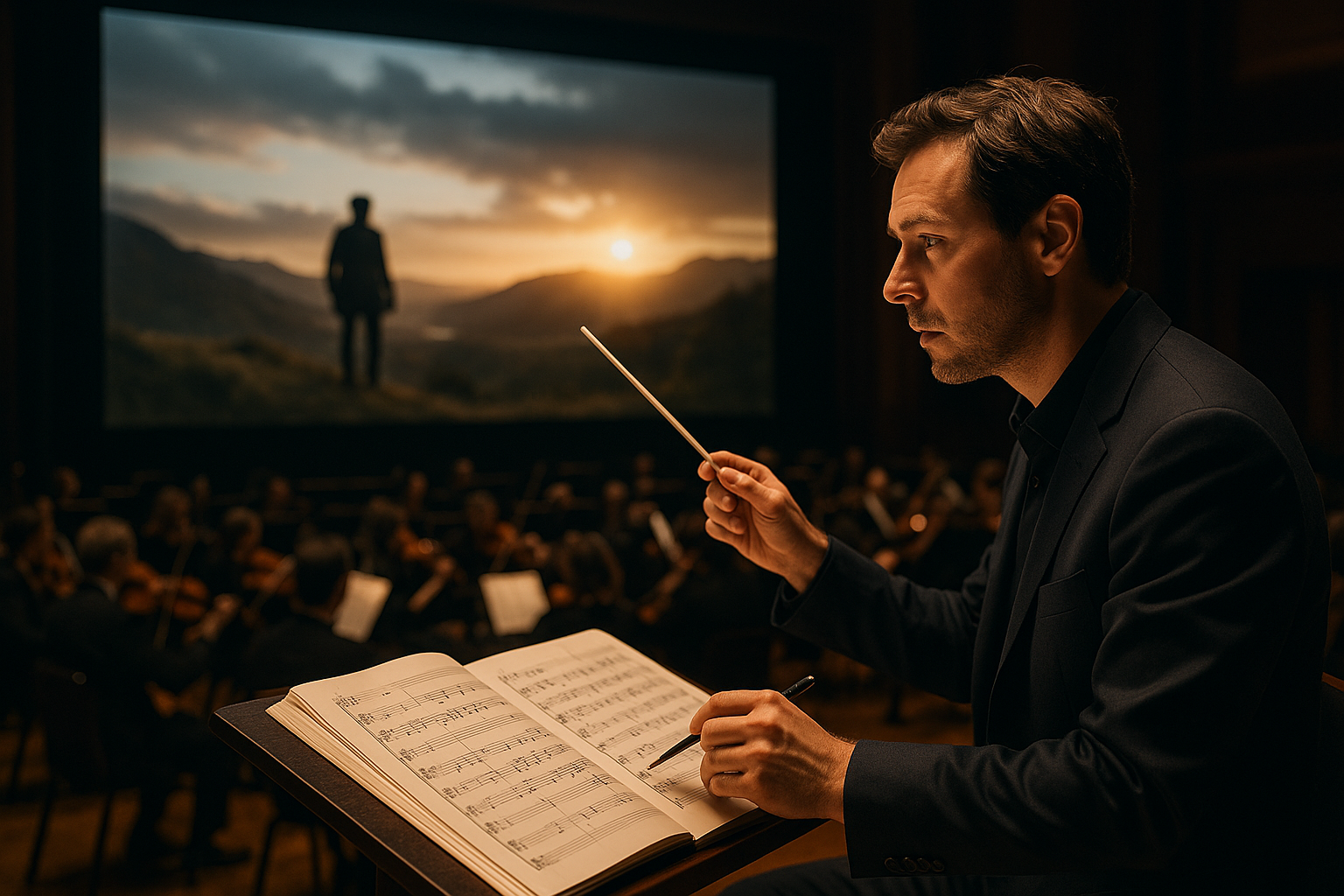Data-Driven Programming: Curating Events with Audience Insights
Curators and event programmers increasingly rely on data to shape schedules, formats, and outreach. By analyzing attendance patterns, streaming behavior, ticket sales, and feedback, organizations can make evidence-based decisions that align artistic goals with audience interests while preserving creative integrity and diversity.

Curating events now blends artistic judgment with measurable audience intelligence. Organizers use ticketing analytics, streaming metrics, demographic data, and qualitative feedback to refine choices for cinema nights, music showcases, theater runs, festivals, exhibitions, and gallery programs. Effective data use helps balance programming risk—supporting indie or experimental work—while improving accessibility and relevance for different community segments.
How can cinema, film, and streaming data guide programming?
Box office trends, streaming completion rates, and film reviews reveal not just what draws seats but how audiences engage with visuals and narratives. Cinema programmers can compare attendance for different genres, track audience drop-off times on streaming platforms, and correlate social engagement with film releases to schedule complementary screenings. Combining quantitative metrics with qualitative post-screening surveys helps decide whether to book retrospectives, thematic series, or new indie features and when to offer Q&A sessions or director interviews to deepen engagement.
What do music, sound, and performance metrics reveal?
Music and performance curation benefit from playcounts, playlist placements, and sound consumption patterns across platforms. Tracking which acts attract repeat attendance, which set lengths sustain audience energy, and which sound setups produce the best reviews informs festival lineups and venue bookings. Metrics around streaming, track skips, and regional listening can highlight emerging artists for local showcases while ensuring sound design and technical staging match audience expectations for different genres and venue types.
How do theater, choreography, and festivals benefit from insights?
Theater and dance organizers use attendance segmentation, subscription behavior, and patron feedback to shape choreography commissions and repertory choices. Festival programmers can map attendee movement across stages, analyze peak times for different performance styles, and optimize scheduling to reduce clashes. Data-driven insights support inclusive programming—identifying underrepresented communities or preferred formats (short works, immersive pieces)—and help plan workshops, panels, and timed performances to maximize both artistic impact and logistical efficiency.
How can exhibitions, galleries, and visual art use audience data?
Galleries and exhibition teams track on-site footfall, time spent per piece, and engagement with digital guides or QR-led content. Visual art programmers use these signals to determine which works provoke sustained attention or social sharing, informing future acquisitions or thematic shows. Digital analytics—such as clicks on online collections and virtual tour completion—complement physical metrics, helping curators balance blockbusters with experimental visual programming and craft educational materials that match visitor interests.
How do indie, animation, and creative digital projects find audiences?
Independent creators and animation programmers rely on cross-platform metrics to identify niche communities and potential partnerships. Streaming previews, short-form clips, and social engagement highlight which creative approaches convert viewers into event attendees. Data can guide decisions on screening formats (single features vs. shorts programs), bundling indie works with more prominent acts, and scheduling digital premieres or hybrid events that expand reach while preserving the distinct voice of small-scale creators.
How do reviews, interviews, and curator practices inform decisions?
Qualitative sources—reviews, audience interviews, and curator notes—add context to hard numbers. Reviews can reveal critical reception trends; interviews illuminate audience motivations; and curator reflections document programming intent. Together, these inform balanced decisions about repeats, retooling, or retiring works. Monitoring sentiment across social channels and combining it with sales or attendance data supports nuanced programming choices that respect artistic vision while responding to audience needs.
Audience-first programming does not replace curatorial expertise; it augments it. Data can highlight patterns and opportunities—popular times for family-friendly performances, demand spikes for visual-arts workshops, or regional interest in specific film movements—while curators apply professional judgment to maintain diversity and experimentation. Ethical data practices, including anonymization and transparency, ensure audience trust and compliance with privacy norms.
Conclusion Data-driven programming offers practical tools for curators and event organizers across cinema, music, theater, festivals, exhibitions, and digital projects. When combined with professional insight and ethical practices, audience data supports decisions that enhance engagement, broaden accessibility, and sustain creative ecosystems without undermining artistic independence.





